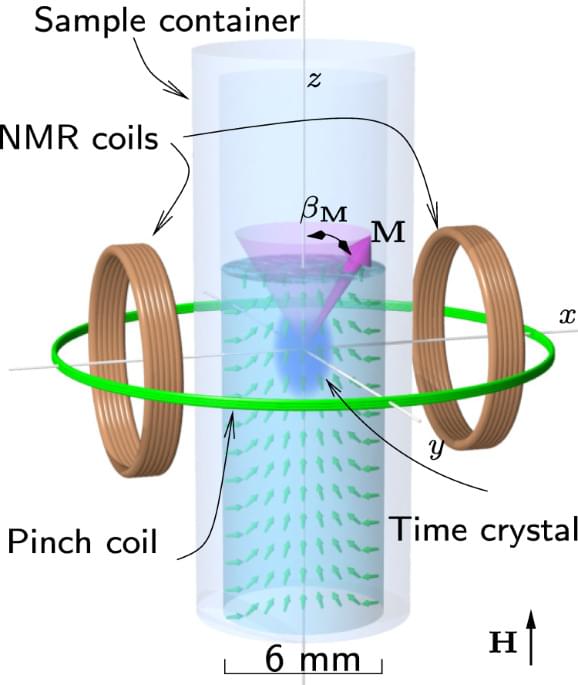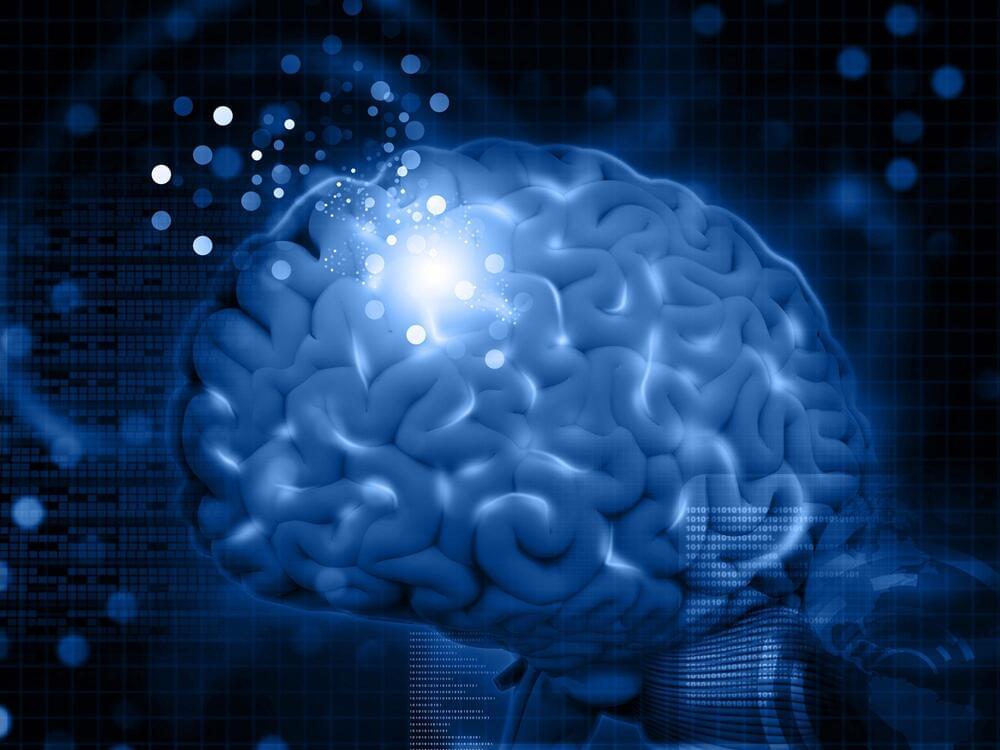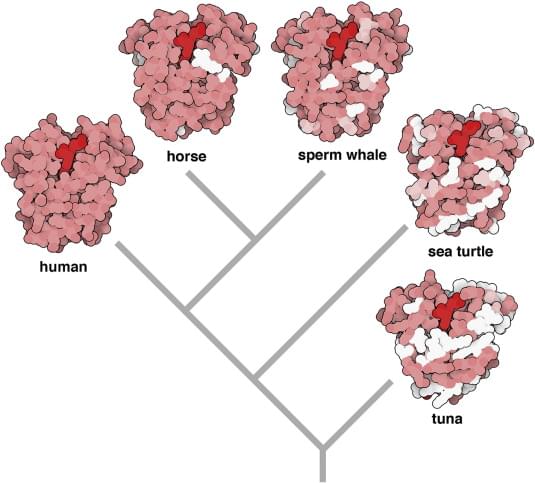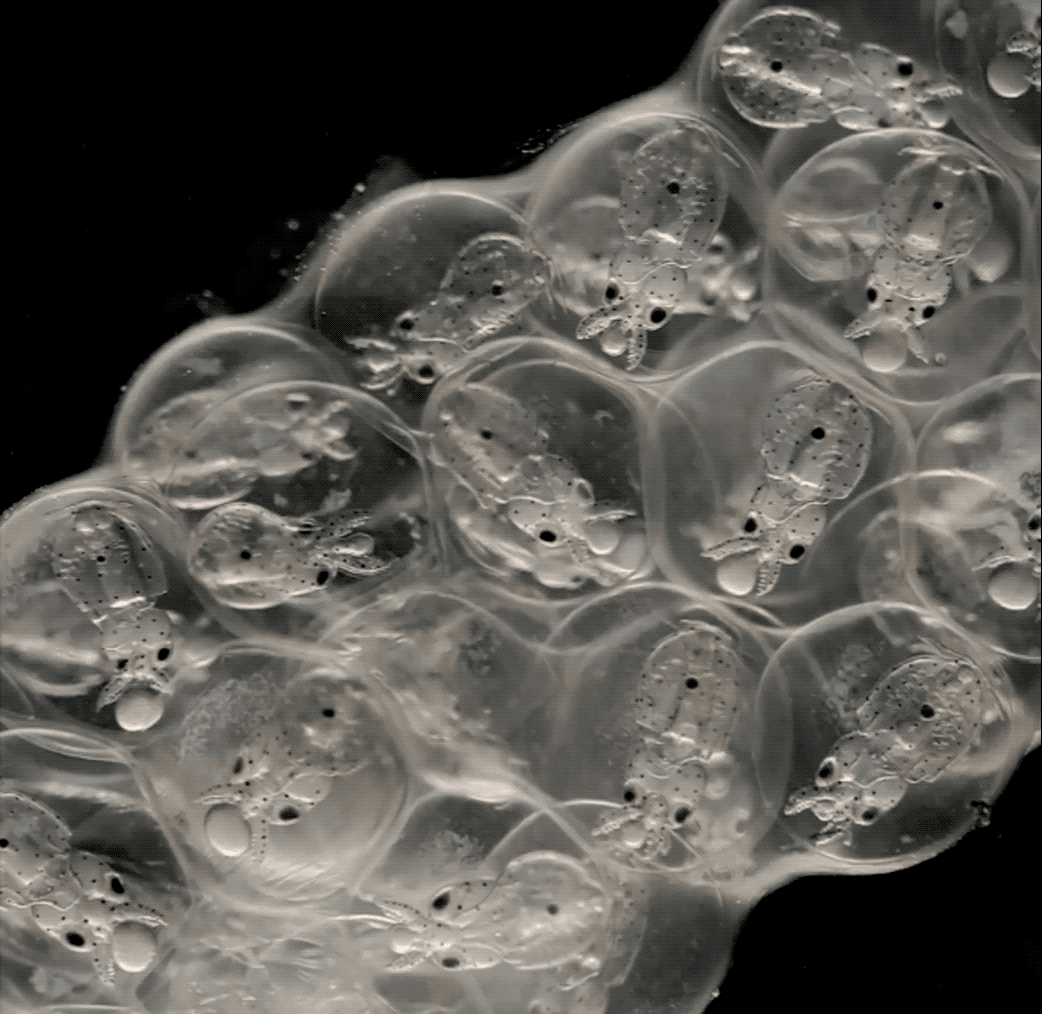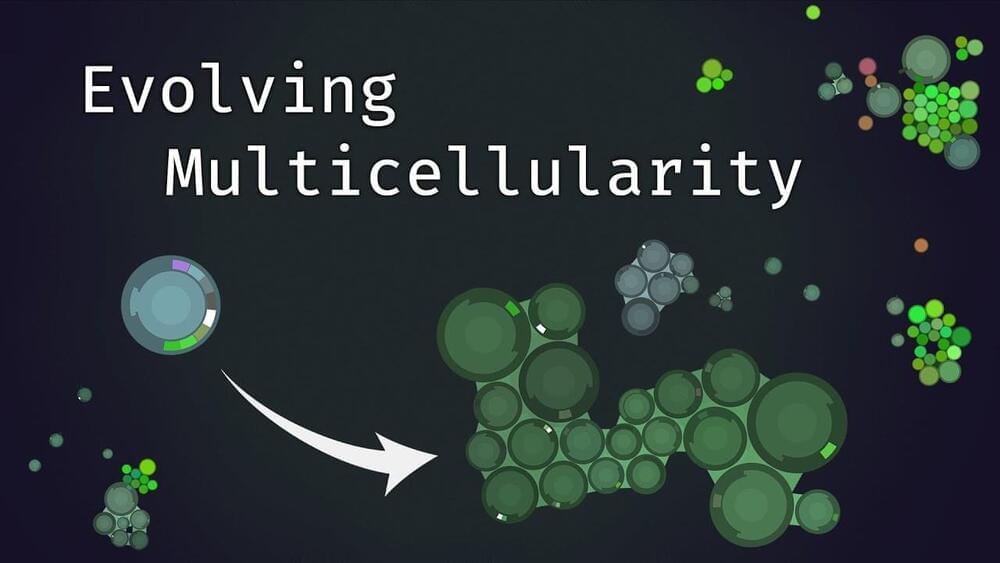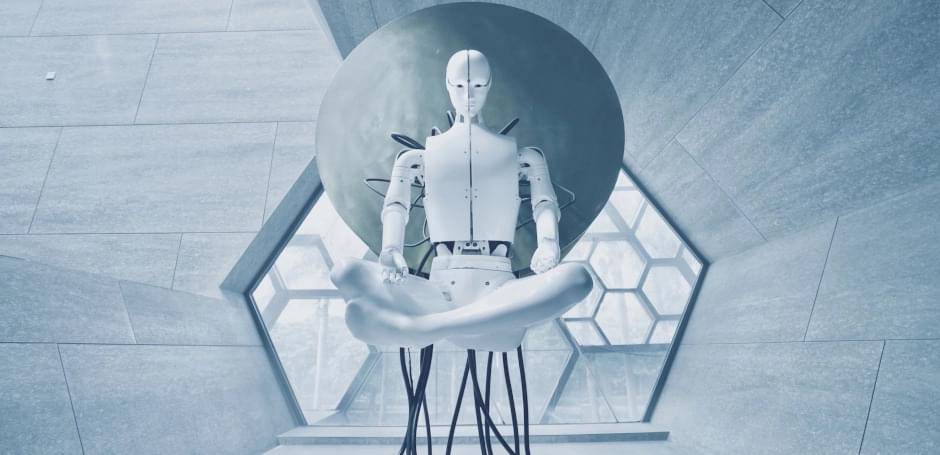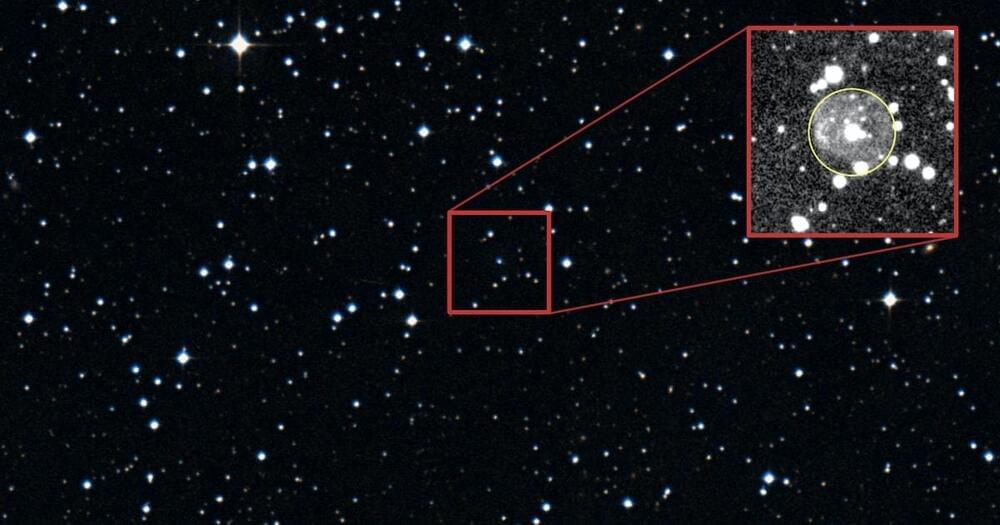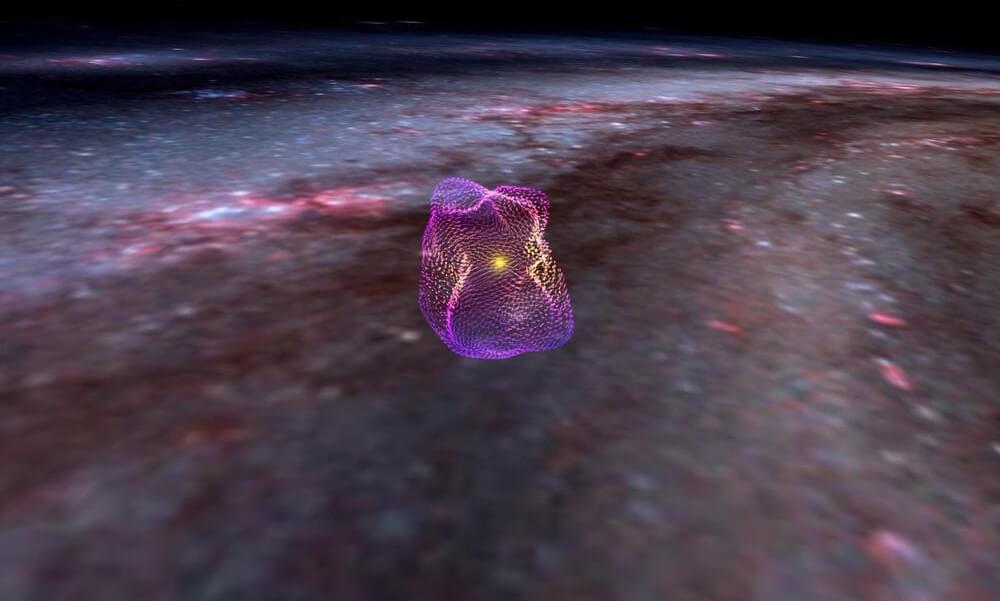Jan 24, 2023
Nonlinear two-level dynamics of quantum time crystals Communications
Posted by Quinn Sena in categories: evolution, quantum physics
Year 2022 face_with_colon_three
Recent work has reported a realization of a time crystal in the form of the Bose-Einstein condensate of magnons in superfluid 3He. Here, the authors study the dynamics of a pair of such quantum time crystals and show that it closely resembles the evolution of a two-level system, modified by nonlinear feedback.
